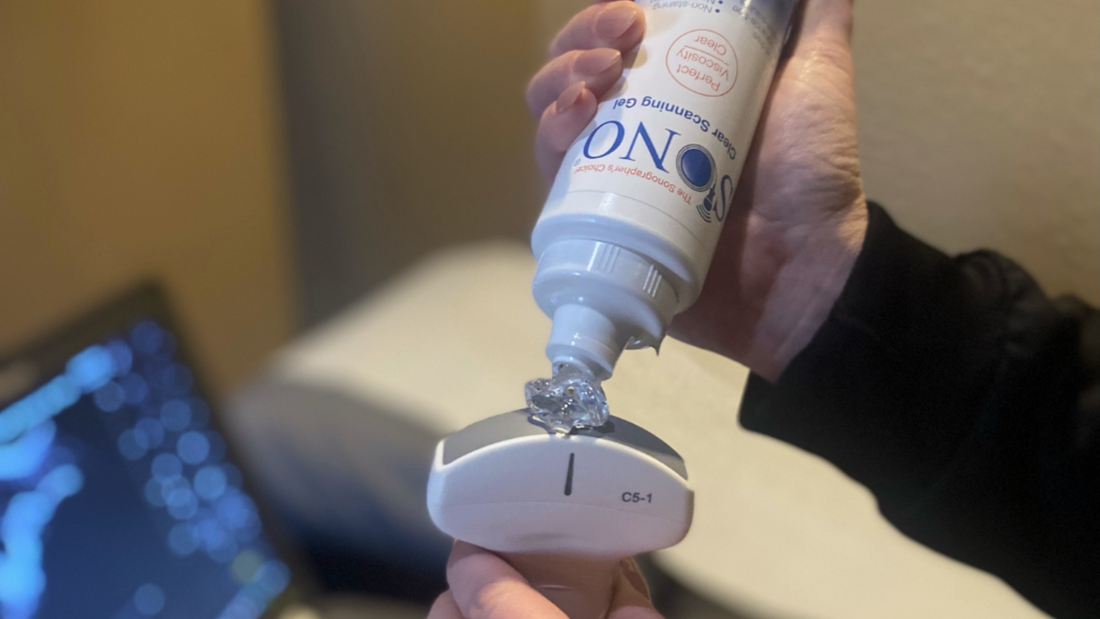Introduction:
Ultrasound imaging is a valuable diagnostic tool used in various medical specialties to visualize internal structures and diagnose medical conditions. Ultrasound gel is a critical component of ultrasound examinations, facilitating the transmission of sound waves and ensuring optimal imaging accuracy and patient comfort. In this article, we explore the role of ultrasound gel in ultrasound procedures and its importance in healthcare settings.
Understanding Ultrasound Gel:
Ultrasound gel, also known as coupling gel or sonography gel, is a water-based gel applied to the skin during ultrasound examinations. It acts as a medium to facilitate the transmission of sound waves between the ultrasound transducer and the patient's skin, ensuring clear and accurate imaging.
Enhancing Imaging Accuracy:
The application of ultrasound gel helps eliminate air gaps between the transducer and the skin, ensuring continuous contact and minimizing acoustic impedance. This results in improved sound wave transmission and better visualization of internal structures, enhancing the accuracy and diagnostic value of ultrasound imaging.
Patient Comfort and Safety:
In addition to improving imaging accuracy, ultrasound gel also enhances patient comfort during ultrasound examinations. The gel's lubricating properties reduce friction between the transducer and the skin, preventing discomfort and minimizing the risk of skin irritation or injury.
Quality Assurance and Compliance:
Healthcare providers must use high-quality ultrasound gel that meets regulatory standards and specifications to ensure optimal imaging quality and patient safety. Using approved ultrasound gel formulations helps maintain consistency in imaging results and compliance with regulatory requirements.
Incorporating Ultrasound Gel Into Clinical Practice:
Ultrasound gel is an essential consumable item in healthcare settings, and its availability should be ensured in all ultrasound examination rooms. Healthcare providers should follow standard protocols for ultrasound gel application to maximize imaging accuracy and patient comfort during procedures.
Conclusion:
Ultrasound gel plays a vital role in ultrasound imaging by ensuring optimal sound wave transmission, imaging accuracy, and patient comfort during examinations. By incorporating ultrasound gel into clinical practice and adhering to best practices for its use, healthcare providers can achieve superior imaging results and enhance the overall quality of patient care.

